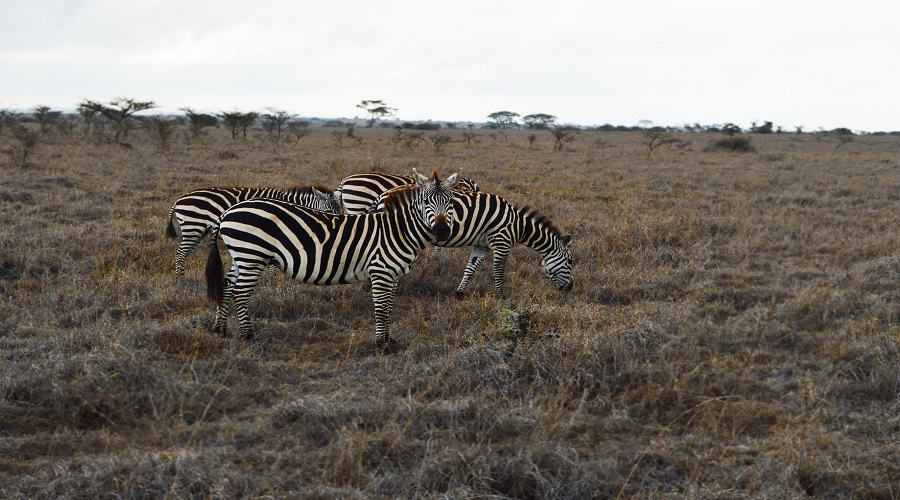The Northern Serengeti is the most dramatic and remote region of Serengeti National Park, known for its rugged landscapes, untouched wilderness, and the breathtaking Mara River crossings — one of the most iconic events in the Great Wildebeest Migration. Stretching to the Kenyan border and connecting to the Maasai Mara, this area delivers some of the most exclusive and awe-inspiring safari experiences in all of Africa.

The Northern Serengeti covers the area between the Lobo Hills and the Mara River, extending to the Kenyan border. Unlike the busier central plains, this region offers a more secluded and pristine safari atmosphere, where sweeping savannahs, granite kopjes, and dense woodlands create a perfect habitat for wildlife.
Its centerpiece — the Mara River — is the stage for the famous river crossings, as massive herds of wildebeest and zebra face the challenge of powerful currents and waiting crocodiles. This is nature at its rawest and most unforgettable.
For travelers seeking the ultimate safari adventure away from crowds, the Northern Serengeti offers exceptional wildlife viewing, cinematic scenery, and unmatched photographic moments. It’s the perfect destination for both migration chasers and those craving tranquility in the wild.
Highlights include:
Between July and October, the Northern Serengeti becomes the heart of the Great Wildebeest Migration. During this period, over a million wildebeest, zebras, and gazelles converge on the Mara River, creating a thrilling and emotional spectacle as they battle crocodile-infested waters to reach greener pastures in Kenya’s Maasai Mara.
The intensity of this event, combined with the vastness of the landscape, makes it one of the most unforgettable wildlife experiences in the world. Even after the migration moves on, the Northern Serengeti remains teeming with resident animals.
This region supports a remarkable diversity of wildlife all year round. Beyond the migrating herds, visitors can expect to encounter:
The Mara River ecosystem, with its dense vegetation and flowing water, ensures excellent game viewing even in the dry season. Full guide at Serengeti wildlife.
While the Northern Serengeti can be visited throughout the year, the best time to go depends on what you wish to see. See our best time to visit Serengeti guide.
Seasonal Overview:
Thanks to permanent water sources, wildlife remains active all year, making it one of the Serengeti’s most rewarding areas for safaris.
The Northern Serengeti offers a wide range of thrilling safari activities. Full list at things to do in Serengeti:
There are several convenient ways to reach the Northern Serengeti. Full details at how to get to Serengeti:
Many safari itineraries combine the Central, Western, and Northern Serengeti for a complete experience of the park’s diversity.
Accommodation options in the Northern Serengeti range from luxury lodges to mobile camps. See all at Serengeti accommodations:
Each property offers stunning views, comfortable amenities, and close access to key wildlife areas.
Typical Northern Serengeti safaris start from $1,800 per person per trip, depending on duration and accommodation type.
Luxury fly-in safaris may range between $3,000–$5,000 per person, offering exclusive lodges, private game drives, and personalized services.
All packages generally include park fees, accommodation, meals, transport, and professional guides. Choose your style:
Joining group safaris and custom private tours are both available for different budgets.
Witness the Mara River crossings — exclusive, dramatic, and unforgettable.
Get Free Quote WhatsApp NowDiscover other regions and attractions:
Central Serengeti Western Corridor Southern Serengeti Eastern Serengeti